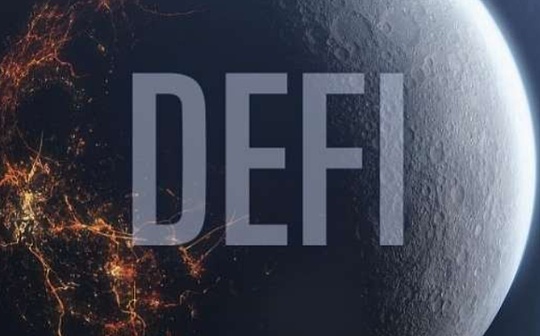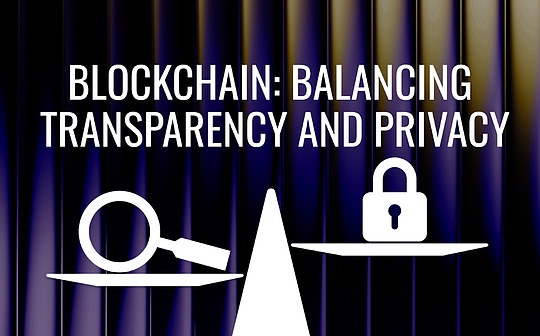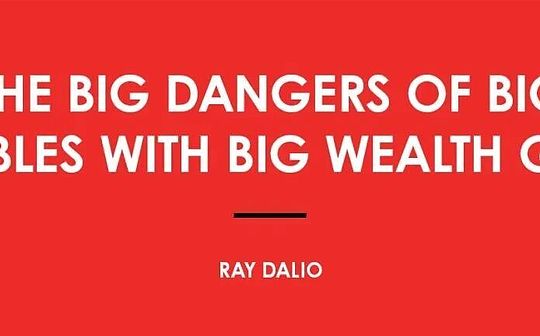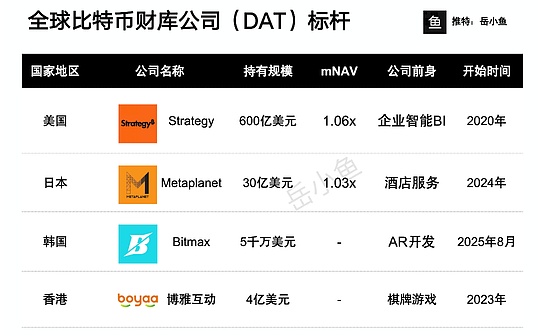
Source: CoinDesk, Omkar Godbole
Key points of the article
• Bitcoin’s narrative is expanding from “store of value” to the field of decentralized finance (DeFi)
• Kevin Farrelly of Franklin Templeton believes it is a positive signal
• DeFi scenarios give Bitcoin more “investment and use value” and enhance asset attraction
With the end of the Token2049 summit in Dubai, Bitcoin (BTC) positioning is rapidly evolving: from the traditional “digital gold” to assets with DeFi application potential, it has begun to compete with Ethereum, Solana and others on the same track.
Institutions including Franklin Templeton see this as a positive trend that will expand more practical uses for Bitcoin without diminishing its core appeal as a means of store of value.
“I don’t think Bitcoin DeFi will dilute the core narrative of Bitcoin,” Kevin Farrelly, managing director and vice president of digital assets at Franklin Templeton Blockchain Ventures, said in a Bitlayer side talk this week. “Instead, this development expands the attractiveness of Bitcoin to specific investment groups – people with technical capabilities to optimize asset allocation based on earnings, security or custom portfolio goals.”
He pointed out: “These users are not trying to overturn the core positioning of Bitcoin’s “store of value”, but expand their functionality based on this. This is not a weakening of the narrative, but an iterative upgrade of the infrastructure.”
Franklin Templeton is a Bitlayer investor.Bitlayer is a Bitcoin Layer 2 network based on the BitVM solution. On the basis of maintaining the security of the main network, it introduces functions such as smart contracts, DeFi integration, faster transaction processing and lower handling fees, which cannot be implemented natively by the Bitcoin basic layer.
The institution’s Bitcoin ETF (EZBC) has recorded a net inflow of $260 million since its listing on January 11, 2024.As of May 1, 2025, the fund held a total of 5,213 BTC, exceeding US$500 million at the current currency price.
From digital gold to digital financial infrastructure
Satoshi initially envisioned the vision of Bitcoin blockchain to build a decentralized financial system to achieve financial sovereignty and privacy protection and eliminate dependence on intermediaries.However, more than a decade later, Bitcoin (BTC), the native cryptocurrency of this system, quickly gained the reputation of “digital gold” and became a reliable storage of value, and this narrative has always played a good role.
According to CoinDesk data, Bitcoin’s current market value has exceeded US$1.9 trillion, accounting for nearly 60% of the total market value of the entire crypto market (about US$3.12 trillion).It is the most liquid crypto asset in the market, with an average daily transaction volume of up to billions of dollars worldwide and has been included in the asset reserves by several listed companies.
In addition, in recent years, a variety of compliant investment tools around Bitcoin have emerged, allowing participants in traditional financial markets to also have access to such assets.
For example, 11 bitcoin spot ETFs listed in the United States since January 2024 have attracted nearly $40 billion in funds so far, according to Farside Investors data.The net inflow of Ethereum spot ETFs during the same period was less than US$3 billion.
Institutional investors’ strong allocation demand for Bitcoin is widely attributed to its simple and convincing narrative of “digital gold” – BTC has a clearer positioning and a lower threshold for understanding, so it is easier to accept than platforms such as Ethereum or Solana that support complex DeFi applications.
“Bitcoin’s core positioning is digital store of value. Unlike other more complex crypto projects, Bitcoin does not require too much technical explanation – it has clear goals and clear logic. This clarity may be why it is easier to understand, build investment models, and even allocate allocations through ETFs,” Farrelly said in an interview with CoinDesk. “In a crypto market full of complexity and speculative narratives, Bitcoin itself provides a stable, clear direction of investment – and this direction is becoming increasingly recognized by the market.”
However, because of this, many Bitcoin “minimalists” oppose the introduction of DeFi-like features directly into the Bitcoin main chain, fearing that this may weaken its core appeal.
However, the popularity of “BitCoin DeFi” can be seen in Bitlayer’s side meeting and the main forum Token2049, reflecting the continued increase in demand for on-chain gain opportunities by BTC holders.
“Bitlayer co-founder Charlie Yechuan Hu told CoinDesk, “Bitcoin DeFi products with trust minimization cross-chain bridging mechanisms and sustainable income models are increasingly becoming the core needs of BTC holders and Bitcoin network maintainers.”
He further pointed out: “We are building critical infrastructure through BitVM technology to empower Bitcoin DeFi. Many promising Bitcoin DeFi use cases will significantly increase the asset value of BTC and enhance users’ holding and use motivation.”
This Bitcoin DeFi wave may also benefit miners.Although the Bitcoin block reward is halved every four years, the increase in on-chain transaction activity driven by DeFi applications can compensate for the decline in revenue by increasing fee income, thereby supporting the long-term security and sustainability of the Bitcoin network.
“The most important thing about Bitcoin DeFi is that it introduces new transaction fee income – a critical factor for the long-term security and sustainability of the network in the context of the continuous decline in block rewards.”
Charlie Yechuan Hu also holds a similar view, pointing out that as network computing power continues to increase, miners need on-chain activities like Bitcoin DeFi to maintain their income.
He added: We need to build a Bitcoin Rollup system with security verification capabilities so that transaction fees can be returned to the Bitcoin main network.







